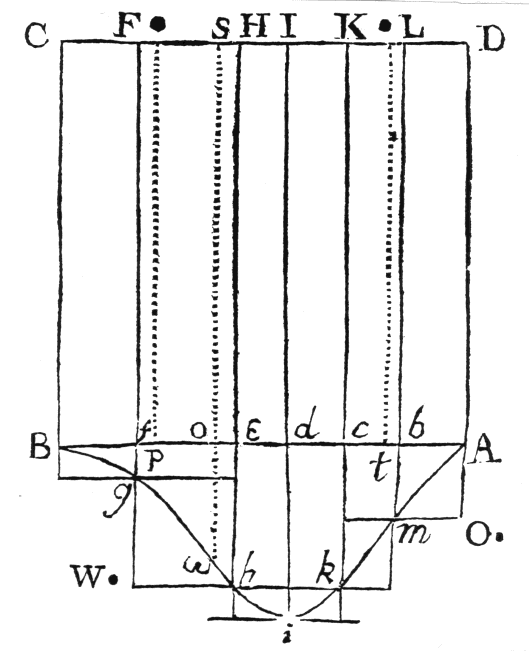As I'm sure everyone here knows already, the PDF of the Beta distribution $X \sim B(a,b)$ is given by
$f(x) = \frac{1}{B(a,b)}x^{a-1}(1-x)^{b-1}$
I've been hunting all over the place for an explanation of the origins of this formula, but I can't find it. Every article I've found on the Beta distribution seems to give this formula, illustrate a few of its shapes, then go straight on to discussing its moments and on from there.
I don't like using mathematical formulae I can't derive and explain. For other distributions (e.g. the gamma or the binomial) there's a clear derivation I can learn and use. But I can't find anything like that for the Beta distribution.
So my question is: what are the origins of this formula? How can it be derived from first principles in whatever context it was originally developed?
[To clarify, I'm not asking about how to use the Beta distribution in Bayesian statistics, or what it means intuitively in practice (I've read the baseball example). I just want to know how to derive the PDF. There was a previous question that asked something similar, but it was marked (I think incorrectly) as a duplicate of another question that did not address the issue, so I haven't been able to find any help on here so far.]
EDIT 2017-05-06: Thanks everyone for the questions. I think a good explanation of what I want comes from one of the answers I got when I asked this of some of my course instructors:
"I guess people could derive the normal density as a limit of a sum of n things divided by sqrt(n), and you can derive the poisson density from the idea of events occurring at a constant rate. Similarly, in order to derive the beta density, you would have to have some kind of idea of what makes something a beta distribution independantly from, and logically prior to, the density."
So the "ab initio" idea in the comments is probably closest to what I'm looking for. I am not a mathematician, but I feel most comfortable using mathematics that I can derive. If the origins are too advanced for me to handle, so be it, but if not I would like to understand them.



